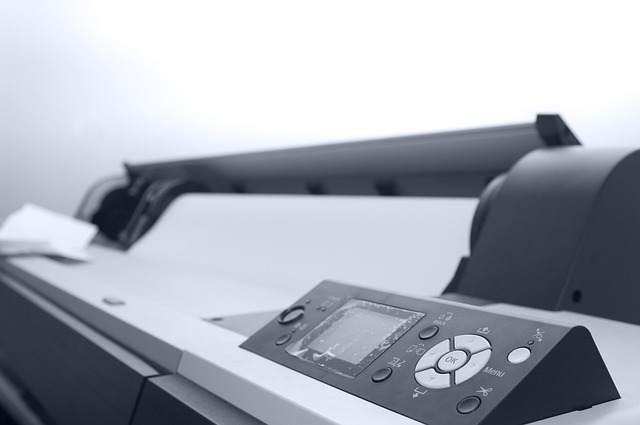As a photographer, understanding the intricacies of image format is essential for capturing the essence of a moment. Each photograph tells a story, and choosing the right image format is akin to selecting the perfect canvas for a masterpiece. With advancements in technology, the range of formats available can be both exciting and overwhelming. The interplay of optics and exposure plays a pivotal role in ensuring that the story behind the lens resonates with the viewer.
When you pick up your camera and look through the viewfinder, you are engaging in a delicate dance with light and shadow. The choice of image format impacts not just the quality of the photo but also the overall user experience as you engage with your craft. From JPEG to RAW, each format has its strengths and weaknesses, influencing how your optics perform and how exposure settings come into play. JPEGs are quick and convenient, perfect for social media sharing, but they often sacrifice detail and flexibility during post-processing. In contrast, RAW formats offer an extensive range of information, allowing you to manipulate exposure settings more freely without compromising image quality.
Consider how optics—the lenses you choose—interact with these formats. Each lens has its unique characteristics, from depth of field to distortion. A high-quality lens paired with a suitable image format can produce breathtaking results, revealing textures and colors that mesmerize your audience. The lens might capture exquisite details, but if the image format is not equipped to handle that richness, the photo can fall flat. This is a golden moment where knowledge meets creativity, giving life to your visions while ensuring the technical aspects are not overlooked.
As you experiment with different exposures, remember that lighting conditions play a significant role in your images’ outcomes. Shooting in bright sunlight versus low-light conditions requires adjustments not only to your camera settings but also to the format you choose for the photo. For instance, the intricate details captured in a sunset might demand the high dynamic range available in a RAW format, ensuring that both the shadows and highlights are preserved beautifully. This interplay between exposure and image format highlights how critical it is to adapt to each shooting scenario.
Moreover, photographers often find themselves exploring various styles, whether it’s capturing the ethereal beauty of landscapes or the hustle and bustle of street life. Each style may call for a specific image format to best convey its narrative. For example, a high-resolution landscape shot may justify using a RAW format, allowing for expansive editing capabilities during post-processing, whereas a spontaneous street photo might be better suited for the quick convenience of a JPEG format.
In today’s digital age, sharing your work online is almost as important as the act of taking the photo itself. This brings us back to the importance of knowing your image format. Whether you’re displaying your work on a website, a social media platform, or a gallery print, how your images are shared can significantly affect their reception. An understanding of different formats helps ensure that your audience experiences your vision as you intended.
As you delve deeper into the realm of photography, remember that the magic lies in the details—understanding image formats enriches not only your technical know-how but also your capacity to tell stories through your photos. Photography is about more than capturing a moment; it’s about sharing an emotional connection, one image at a time. The journey through optics and exposure is one filled with discovery, creativity, and most importantly, passion.



